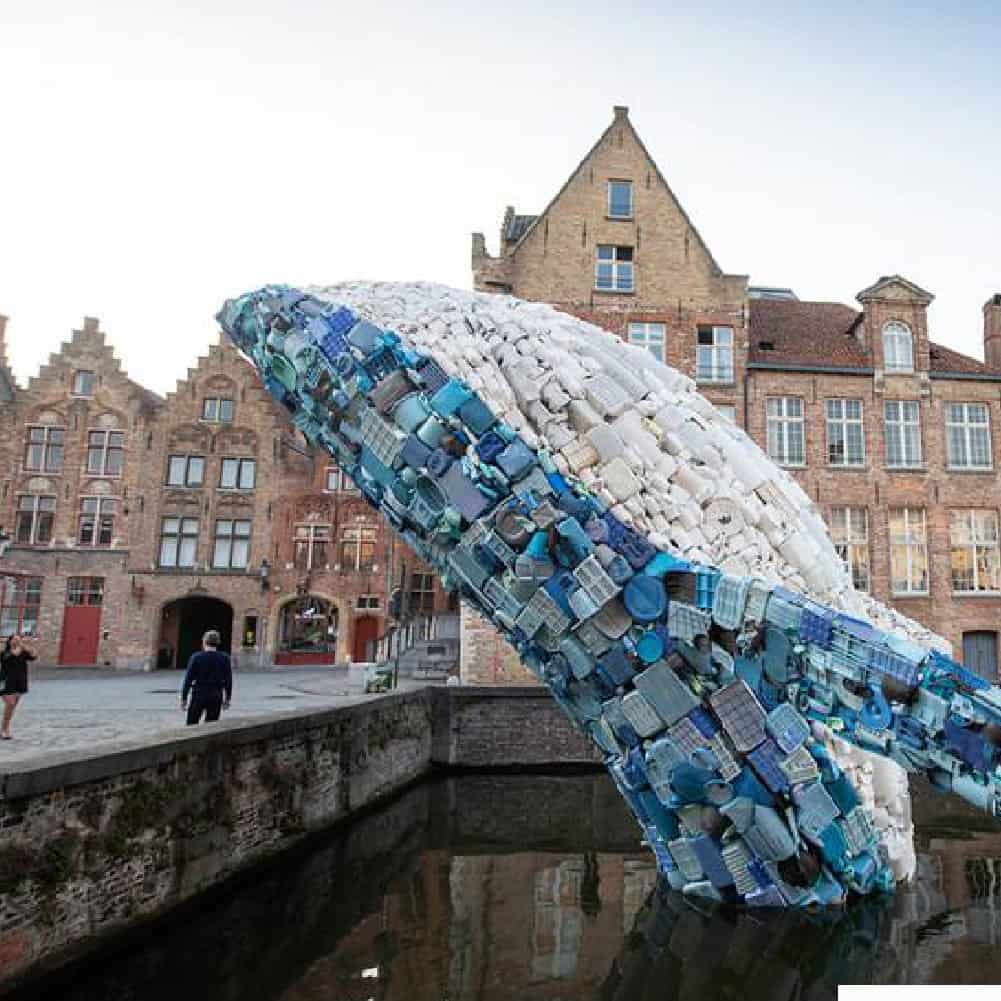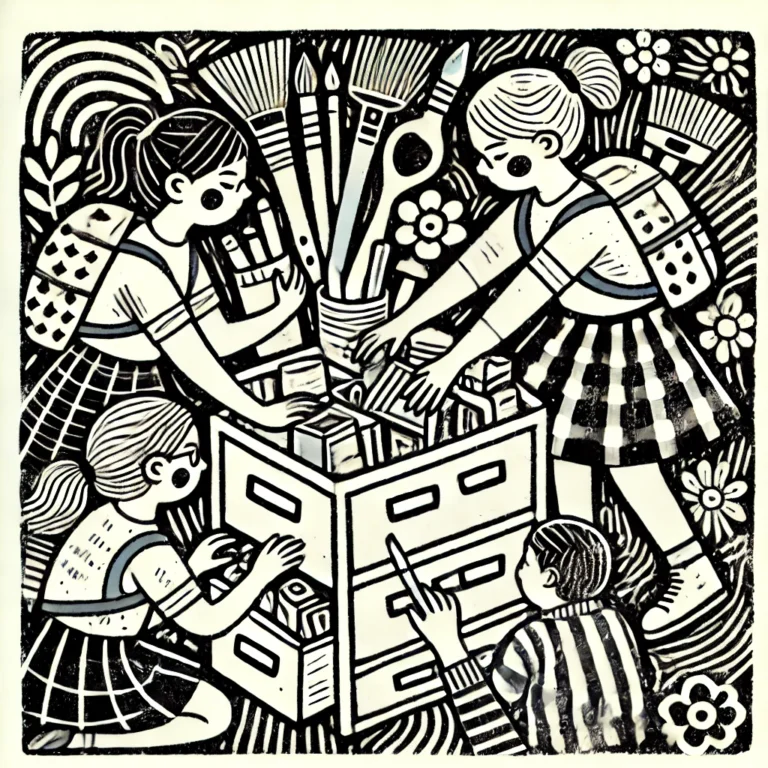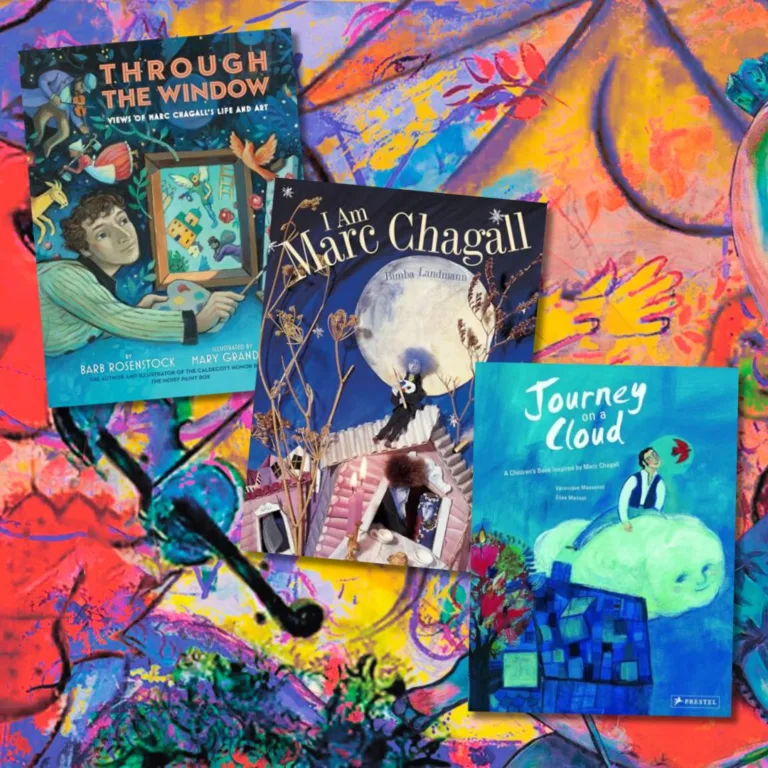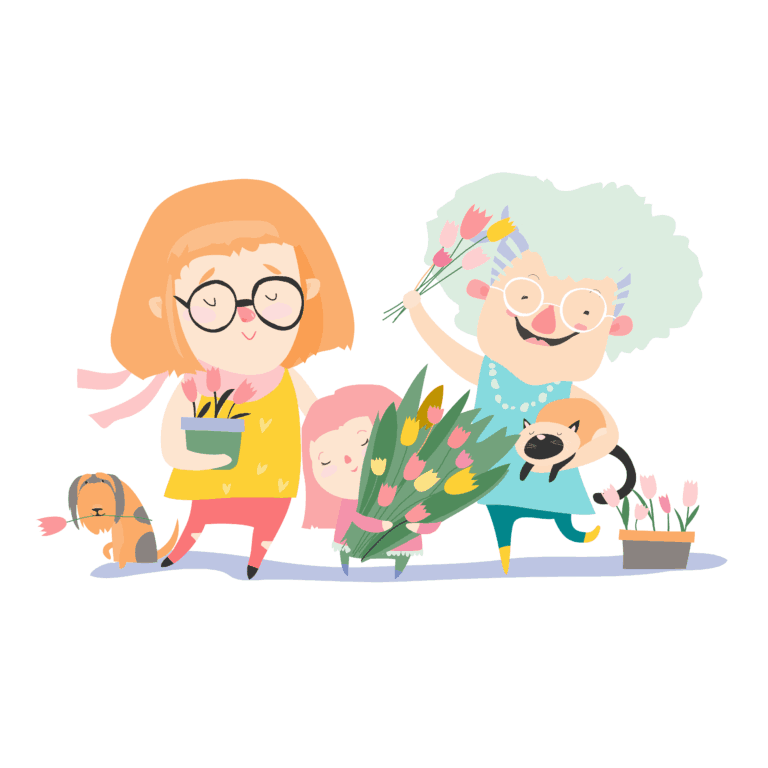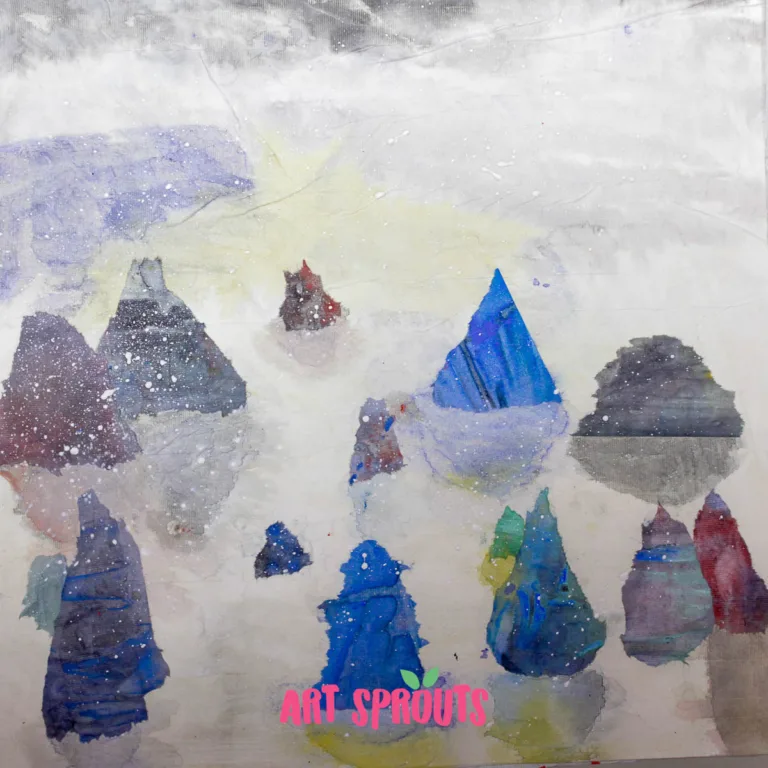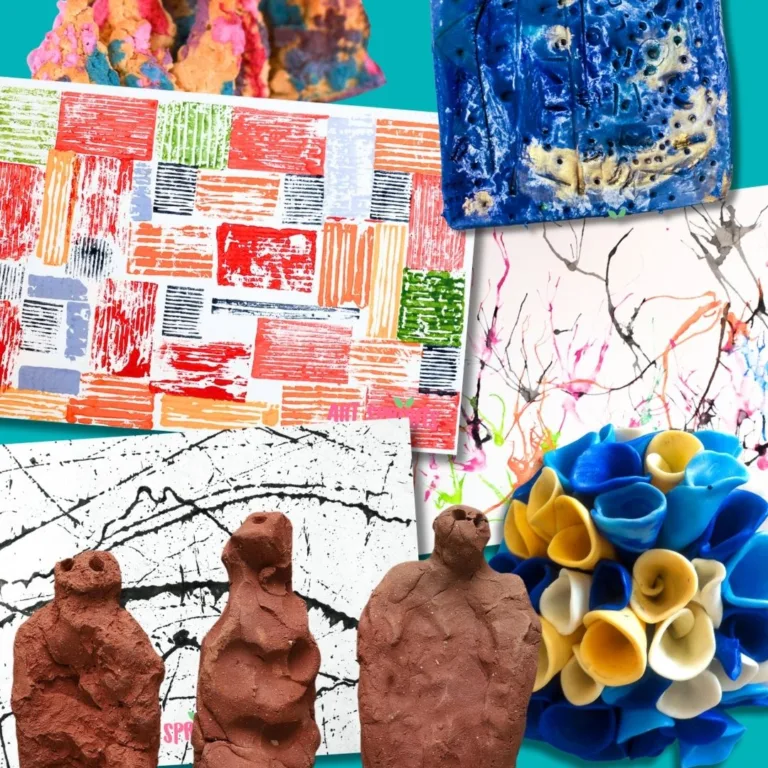How to Incorporate Art into Different Subjects Curriculums
Art is often thought of as a standalone subject, separate from traditional academic subjects such as math, science, and history. However, incorporating art into different subjects can help reinforce key concepts and make learning more engaging and enjoyable for students. In this post, we will explore different ways to incorporate art into different curriculums and provide examples of art projects that can be used to reinforce key concepts.
How to Easily Incorporate Art into Different Subject Curriculums

Incorporating Art into the Science Curriculum
Science and art may seem like separate subjects, but they can complement each other quite well. By integrating art into science teaching, educators can make learning more engaging and enjoyable for students, leading to better knowledge retention and a deeper appreciation for science and the natural world.
Here are some examples:
1. Scientific Illustrations
Encourage students to create illustrations of scientific concepts, such as the water cycle, the human body, or the solar system.
This can help students better understand the relationships between elements and develop their observation and drawing skills. Scientific illustrations can be created using a variety of mediums, including pencils, colored pencils, markers, and digital tools.
For example, students can create scientific illustrations of the human body, labeling the different organs and systems. This can help students better understand the functions of each organ and how they work together to maintain homeostasis.
Resources:
2. Nature Journals

Use art to explore the natural world by encouraging students to keep a nature journal, where they can document their observations of plants, animals, and ecosystems.
This can help students develop their observation skills as well as their understanding of ecology and biodiversity. For example, students can create a nature journal of their garden or a local park. It can even be transformed into a group project by focusing on the common schoolyard.
Students can document the different plants and animals they observe, including their physical features, behaviors, and interactions with other species. Along the way, they will observe the relationships between different species and understand the importance of maintaining biodiversity.
3. Infographics
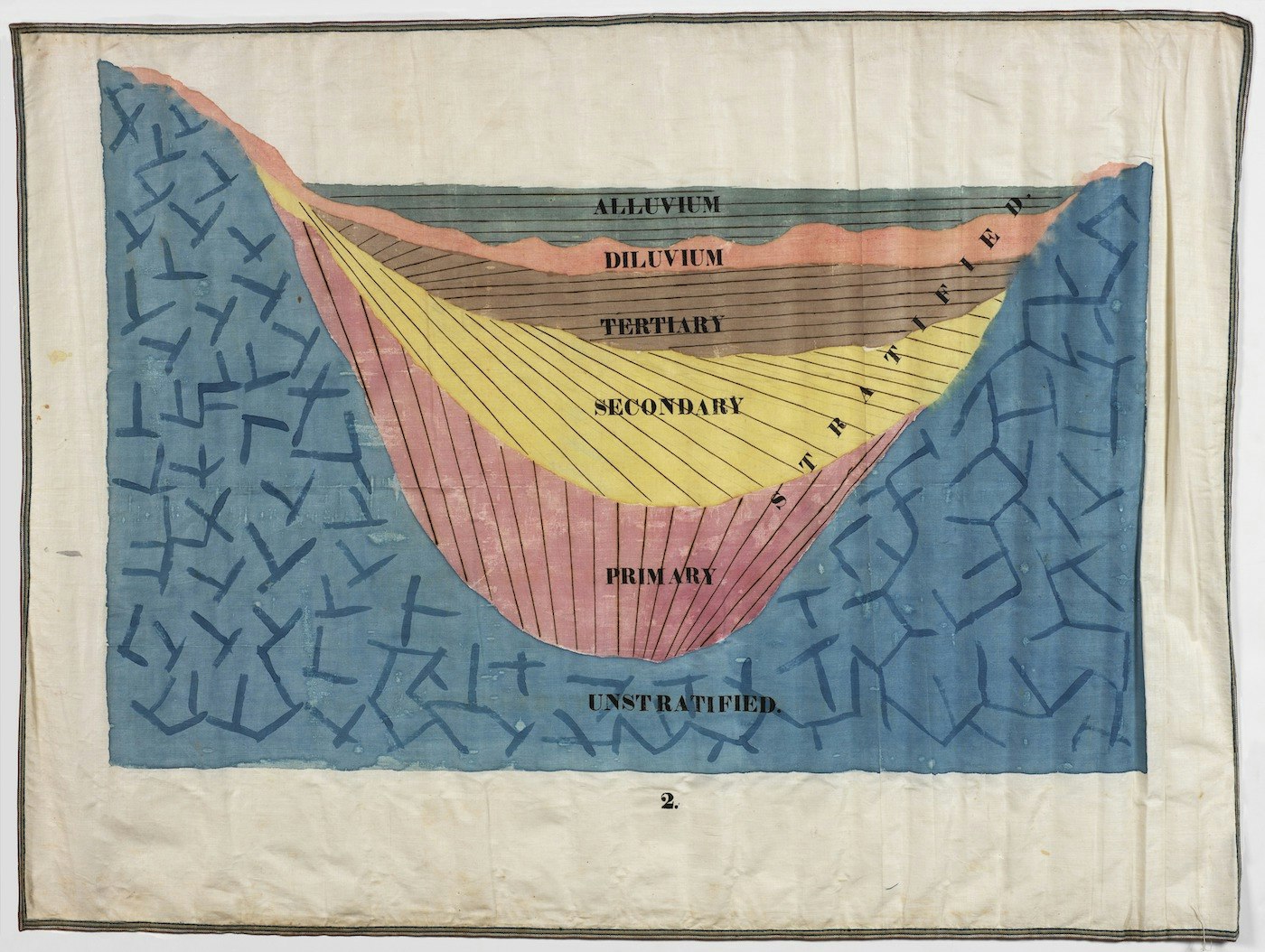
Use art to visualize data and statistics. Students can create infographics on seemingly complex topics such as climate change, biodiversity, or energy consumption.
This can help students develop their research and analytical skills and better understand complex scientific data. For example, students can create an infographic on the carbon footprint of different modes of transportation, such as cars, buses, and bicycles.
They can research and compare the amount of carbon dioxide emitted by each mode of transportation and create a visual representation of their findings. This project can help students understand the impact of transportation on the environment and the importance of reducing carbon emissions.
4. Eco-Art Projects
Use art to explore environmental issues.
Students can create eco-art projects, such as sculptures made from recycled materials, to highlight the importance of environmental conservation.
This can help students better understand the impact of human activities on the environment and develop their creativity and problem-solving skills. For example, students can create a sculpture of a marine animal using plastic waste collected from a local beach.
This can help students better understand the impact of plastic pollution on marine ecosystems and the importance of reducing waste and recycling.
You may also be interested in:
- 11 of the Best Earth Day Books for Children to Learn about Enviromentalism and Sustenability
- 16 Inspiring Earth Day Art Projects for Kids
5. Photography
Students can use photography to document scientific phenomena, such as plant growth, weather patterns, or erosion.
This can help students better understand the scientific process and develop their observation and photography skills.
For example, students can document the growth of a plant over several weeks by taking photographs of the plant at different stages of growth and creating a time-lapse video or a photo essay. This project can help students understand the various stages of plant growth and the factors that influence it, such as light, water, and nutrients.
6. Chemistry Art
Use art to explore chemical reactions.
Chemistry art can help students visualize the different reactions that occur between chemicals and understand their properties and uses. This can help students develop their observation skills while deepening their chemistry understanding.
For example, students can explore different chemical reactions, such as the reaction between baking soda and vinegar or between iron and oxygen. These experiments can help students understand chemistry principles and the importance of chemical reactions in everyday life.
7. Anatomy Art

Use art to explore the human body.
Anatomy art can help students visualize the different systems and organs of the body and understand how they work together to keep us alive. This can help students develop their drawing skills and deepen their knowledge of anatomy.
For example, students can create anatomy art that depicts the body’s different systems, such as the circulatory, respiratory, and digestive systems. They can use various media, such as colored pencils, markers, or watercolors, to create detailed and accurate illustrations of the different organs and their functions.
This project can help students understand the complexity of the human body and the importance of maintaining a healthy lifestyle.
8. Science Fiction Art
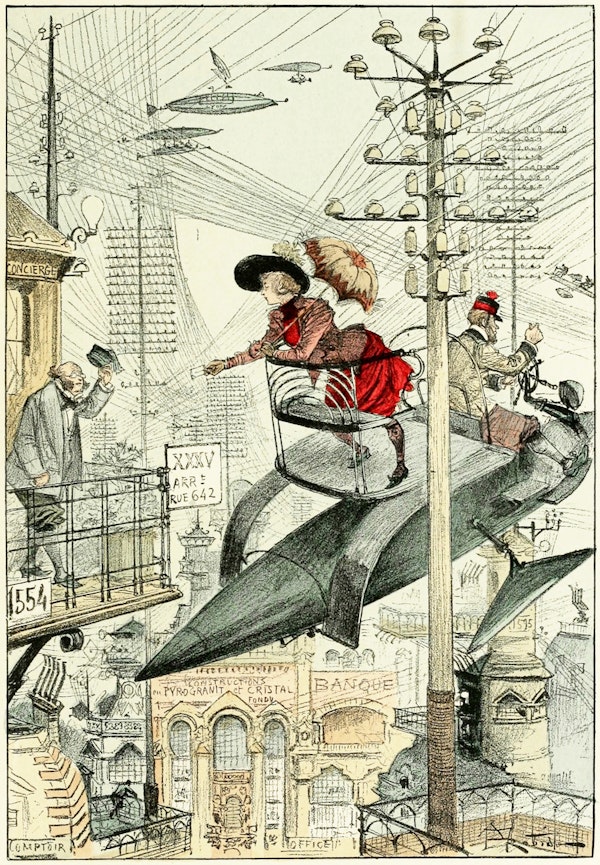
Use art to inspire creativity and imagination.
Science fiction art can help students visualize concepts that may be difficult to comprehend, such as space travel, time travel, and parallel universes. This can help students develop their imagination and creativity, and make science more accessible and exciting.
For example, students can create science fiction art that depicts a future world where humans have colonized other planets. They can draw or paint futuristic cities, vehicles, and technologies, and imagine the challenges and opportunities that come with living in space.
This project can help students develop their creativity and problem-solving skills, and inspire a love of science fiction and science.
Incorporating Art into Math Curriculum
Math can be challenging for many students, but incorporating art can make it more enjoyable and engaging.
Here are some examples of art projects that can be used to reinforce key mathematical concepts:
1. Tessellation Art

Use art to explore symmetry and repetition.
Tessellation art involves creating patterns by repeating geometric shapes without gaps or overlaps. This activity can help students understand the concept of symmetry and the properties of different shapes. For example, students can create tessellation art by cutting out shapes such as triangles, squares, or hexagons, and arranging them in repeating patterns.
They can use different media, such as colored paper, markers, or paint, to create visually striking designs. This project can help students understand the properties of different shapes and develop their spatial reasoning skills.
2. Geometric Art
Use art to explore shapes and patterns.
Geometric art involves creating images using geometric shapes such as triangles, circles, and squares. For example, students can create geometric art using rulers and compasses to create precise shapes and patterns. This project can help students develop their technical drawing and geometry skills.
3. Fractal Art
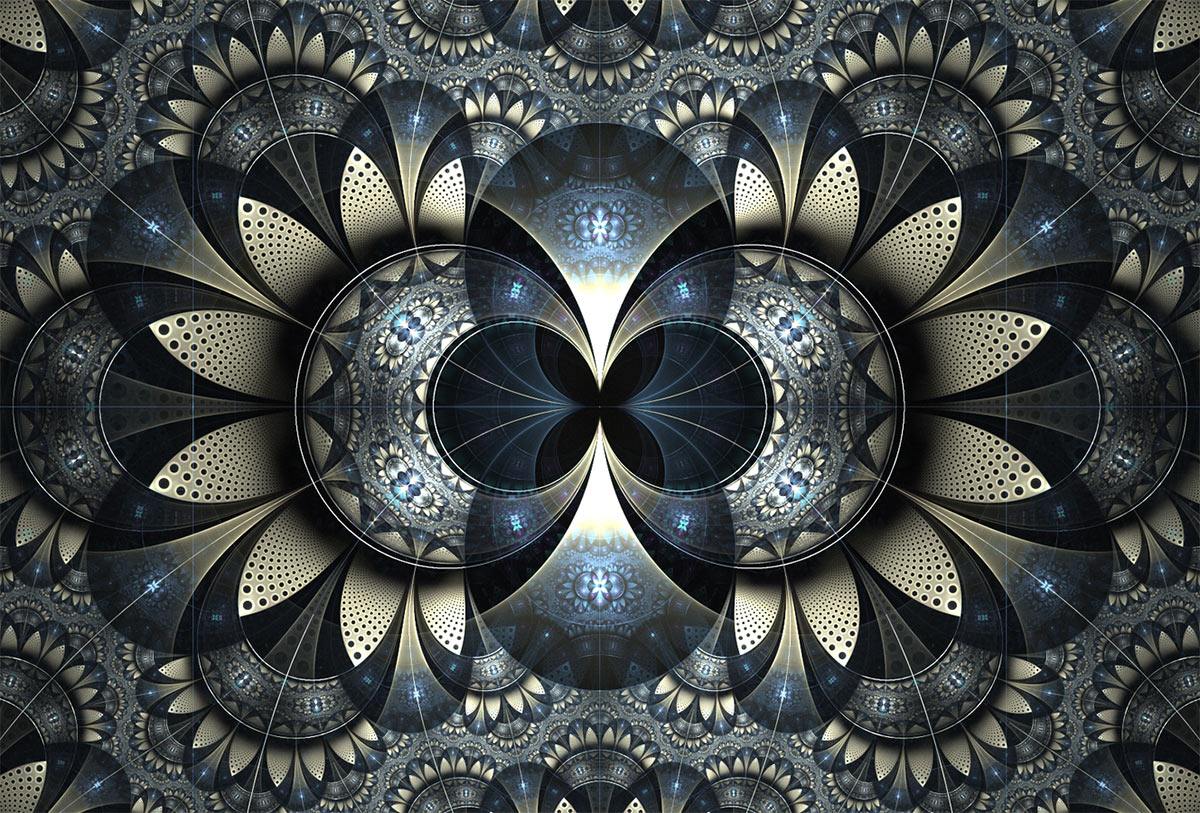
Use art to explore patterns and recursion.
Fractal art involves creating images that repeat at different scales, creating self-similar patterns. This activity can help students understand the concept of recursion and the properties of fractals. For example, students can create fractal art by using a computer program such as Apophysis or Mandelbulb to generate fractal patterns.
They can also use different media, such as prints or canvases, to create visually striking designs. This project can help students understand the properties of fractals and develop their computer skills.
4. Math Murals
Use art to visualize mathematical concepts.
Students can create murals featuring different mathematical concepts, such as fractions, decimals, and percentages. This can help students better understand the relationships between numbers and develop their visual and spatial reasoning skills.
5. Mathematical Origami
Use art to explore geometry and spatial reasoning.
Mathematical origami involves creating three-dimensional shapes by folding paper according to mathematical principles. This can help students understand the properties of different shapes and develop their spatial reasoning skills.
For example, students can create mathematical origami shapes such as platonic solids or the stellated octahedron. They can use different media, such as colored paper or cardstock, to create visually striking shapes.
6. Data Visualization Art
Use art to explore data and statistics.
Data visualization art involves creating visual representations of data using charts, graphs, and infographics. For example, students can create data visualization art representing different data sets, such as population growth or climate change.
This can help students understand the properties of different data sets and develop their data analysis and visualization skills.
Incorporating Art into History
Art has been an integral part of human history and culture. As such, it provides a unique and valuable perspective on historical events and societal norms.
By incorporating art into history teaching, educators can help their students gain a deeper understanding of the historical and cultural contexts of different societies and periods.
1. Historical Portraits
Encourage students to create portraits of historical figures, such as Martin Luther King Jr., Abraham Lincoln, or Cleopatra.
This can help students better understand the personalities and achievements of different historical figures and develop their observation and drawing skills.
2. Use Art to Explore Historical Context
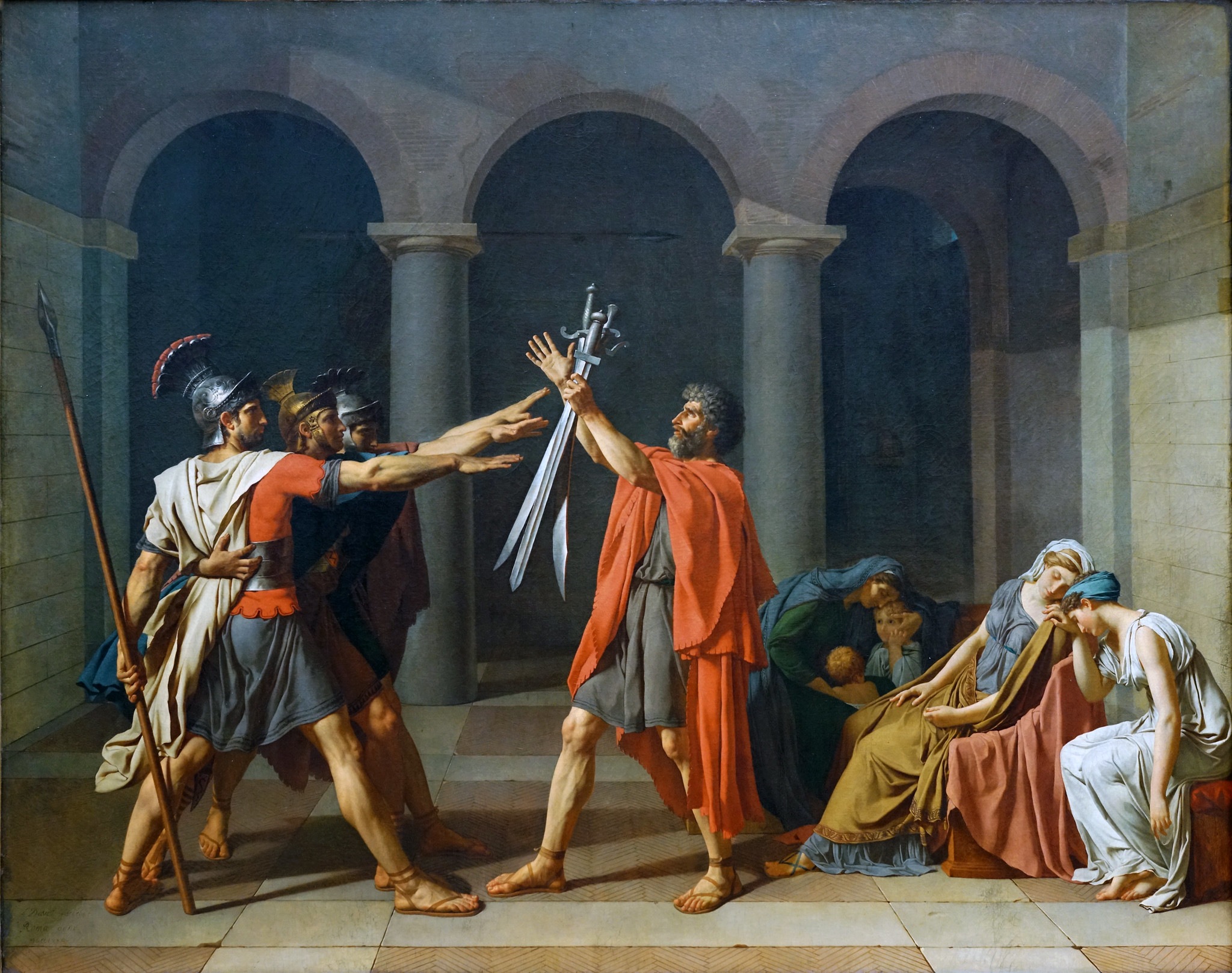
Artworks can provide valuable insights into the historical context of different periods and societies.
For example, medieval art reflects the religious and cultural norms of the time, while Renaissance art reflects the humanist and scientific developments of the period.
By analyzing different artworks, students can gain a deeper understanding of the social, political, and cultural factors that shaped historical events. This can help them develop critical thinking skills and contextualize different historical periods.
Read also:
- Creating Art for Social Change: How Art Can Inspire Activism
3. Use Art to Understand Cultural Norms
Artworks can also provide valuable insights into different societies’ cultural norms and values.
For example, Japanese ukiyo-e prints provide a window into the popular culture of Japan during the Edo period, while Mexican muralists offer insights into the political and social values of the Mexican Revolution.
By analyzing different artworks, students can gain a deeper understanding of other societies’ cultural norms and values.
This can help them develop cultural empathy and understand the diversity of human experiences throughout history.
You may also be interested in:
4. Use Art to Study Historical Figures

Art can also provide insights into the lives and achievements of historical figures.
For example, the portraits of monarchs and leaders provide insights into their political and cultural legacy, while the personal artworks of artists and writers provide insights into their creative process and inspirations.
By analyzing different artworks, students can gain a deeper understanding of the lives and achievements of historical figures. This can help them develop a more nuanced understanding of historical events and appreciate the complexity of human experiences.
5. Cultural Artifacts
Use art to explore different cultures and historical periods.
For example, students can create art projects inspired by different cultural artifacts, such as African masks, Greek pottery, or Chinese calligraphy.
This can help students better understand the diversity of human culture and develop their creativity and appreciation for different art forms.
6. Political Cartoons
Observe political cartoons to explore political and social issues from different historical periods.
For example, students can observe and discuss cartoons that comment on historical events such as the American Revolution or the Civil Rights Movement.
7. Narrative Art Projects
Use art to visualize historical events and narratives. For example, students can create art projects based on historical events like the American Revolution or the Civil Rights Movement. This can help students better understand the sequence of events and key figures involved in historical events.
Incorporating Art into Language Arts
Incorporating art into language arts can be a powerful tool to help reinforce key concepts, such as visualizing, interpreting, and analyzing literature.
Art can be used to help students visualize literary ideas and explore different writing styles.
1. Book Illustrations
One of the most obvious ways to incorporate art into language arts is through book illustrations. Students can read a book and create illustrations depicting key scenes or characters.
This can help them visualize the story, develop their creativity, and engage with the literature in a more meaningful way. For example, students can read a classic children’s book such as “Where the Wild Things Are” by Maurice Sendak, and then create their own illustrations depicting the different wild creatures Max encounters on his journey.
2. Poetry Posters
Use art to explore different styles of poetry. Students can create posters featuring different kinds of poetry, such as haikus, sonnets, and free verse, to better understand their structure and style.
You may also be interested in:
3. Creative Writing Prompts
Use art to inspire creative writing. For this activity, students can choose an artwork to use as inspiration for writing a story or poem. This can help students develop their writing skills and creativity.
4. Comic Book Creation
Comic books are a unique art form that combines both text and visual elements.
They can be a fun and engaging way to help students analyze literature and create their own stories. For example, students can read a novel and then create a comic book adaptation that summarizes the story’s key events.
This can help them develop their understanding of plot, characters, and themes, while also allowing them to explore different forms of artistic expression.
5. Collaborative Art Projects
Collaborative art projects involve working with others to create a piece of art.
They can be a fun and engaging way to help students develop their teamwork and communication skills while reinforcing key concepts. For example, students can read a novel and then work in groups to create a large-scale mural depicting the story’s key events and themes.
This can help them develop their creativity, communication, and teamwork skills, while also allowing them to experiment with different forms of artistic expression.
Incorporating Art into Physical Education
Surprisingly, physical education is another subject that can benefit from the incorporation of art. Art can be used to help students visualize movements and explore different media for self-expression. Here are some examples of art projects that can be used to reinforce key physical education concepts:
1. Action Painting
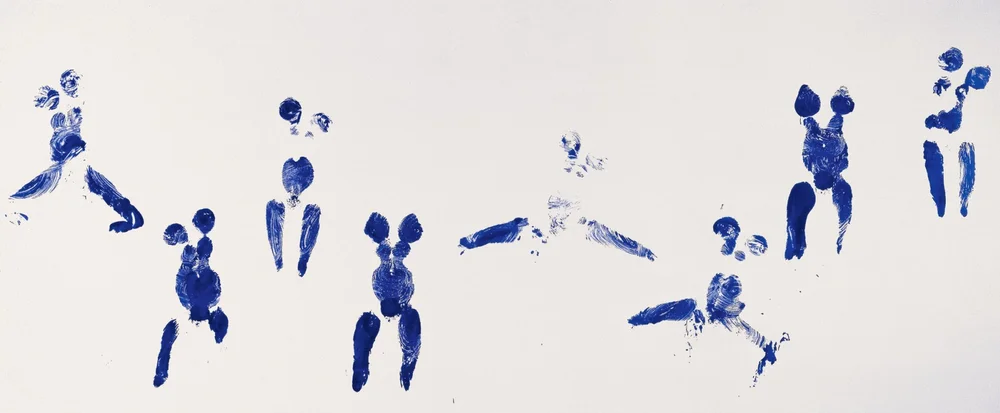
Action painting is a form of abstract expressionism that involves using the body to create art.
In physical education, action painting can be used to reinforce concepts such as balance, coordination, and movement. For example, students can use their bodies to paint across large canvases.
This can help them develop their spatial awareness, coordination, and balance, while also encouraging them to experiment with different forms of movement and self-expression.
2. Performance Art

Performance art involves using the body as a medium of expression and can be used to reinforce concepts such as teamwork, communication, and creativity.
For example, students can work in groups to create performances that incorporate dance, movement, and music. This can help them develop their communication and collaboration skills, while also allowing them to explore different forms of artistic expression.
Conclusion
Art can be used to help students visualize scientific and mathematical concepts, explore historical events and figures, develop writing skills and creativity, and improve physical education skills.
Incorporating art into different subjects is an effective way to reinforce key concepts and make learning more engaging and enjoyable for students.
By integrating art into different subjects, educators can help students better understand and appreciate the world around them while helping foster a life-long passion for science and inquiry.

